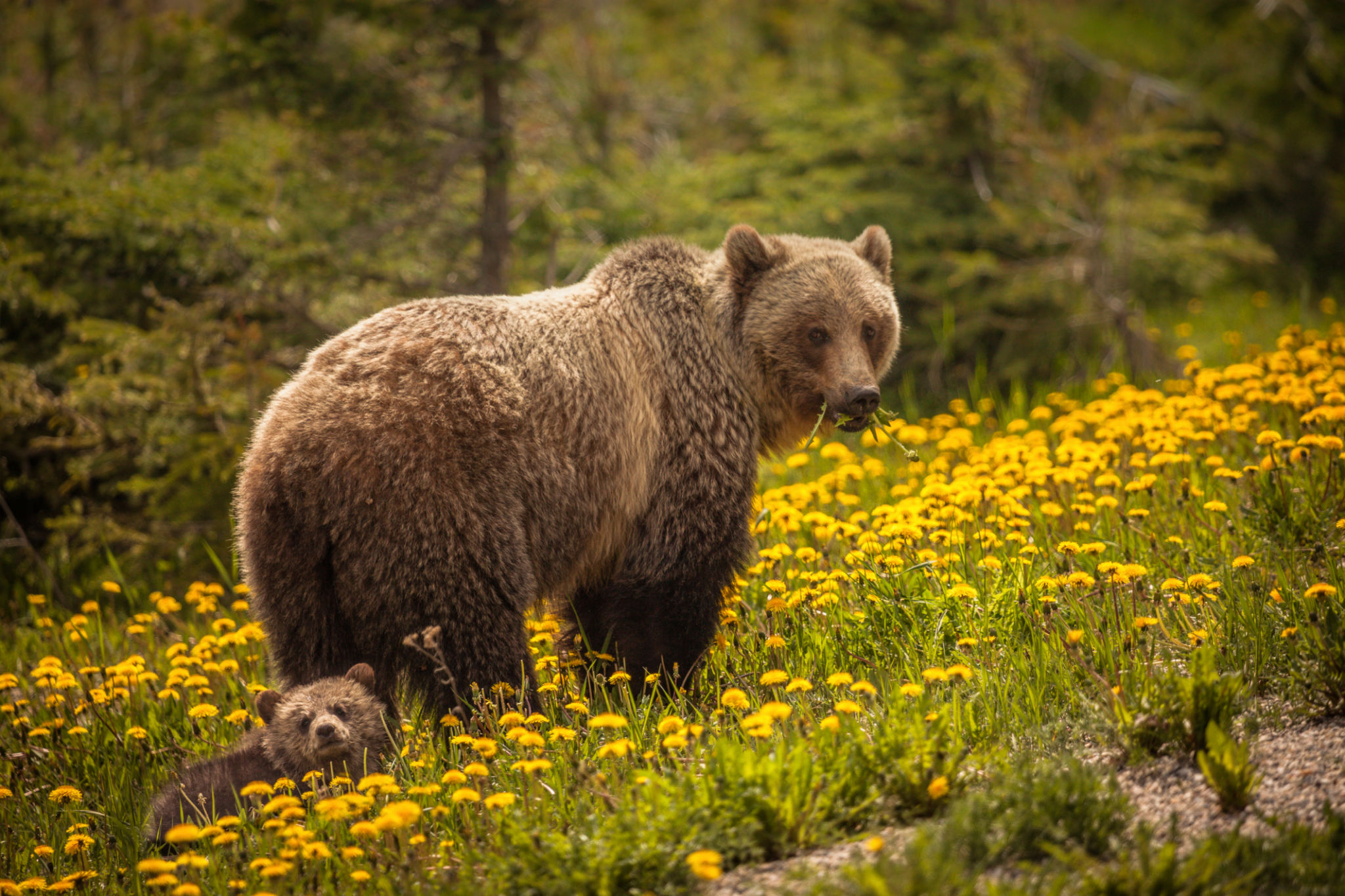Essential Wildlife Awareness Courses in Alberta: Building a Safer Environment
Understanding the Importance of Wildlife Awareness
Alberta, with its rich tapestry of landscapes and diverse ecosystems, is home to an impressive range of wildlife. From the majestic grizzly bears roaming the Rockies to the elusive lynxes in dense forests, the province offers endless opportunities for wildlife encounters. However, as human activities increasingly intersect with these natural habitats, understanding and respecting wildlife becomes crucial for both safety and conservation.

Essential wildlife awareness courses play a pivotal role in educating the public and ensuring that interactions between humans and animals are safe and respectful. These programs provide valuable insights into animal behavior and teach practical skills to prevent potentially dangerous encounters.
Core Components of Wildlife Awareness Courses
Animal Behavior and Identification
One of the key components of wildlife awareness courses is learning to identify various species and understand their behavior. Participants are taught to recognize signs of stress or aggression in animals, which helps in avoiding confrontations. Courses often include interactive sessions and visual aids to enhance understanding.
Safety Protocols and Best Practices
Safety is paramount when dealing with wildlife. Courses cover essential protocols such as maintaining safe distances, using bear sprays effectively, and understanding what to do when encountering wildlife unexpectedly. Adhering to these practices not only protects individuals but also minimizes stress on animals.

The Role of Courses in Conservation
Wildlife awareness courses also emphasize the importance of conservation. By fostering a deeper appreciation for Alberta's natural heritage, these programs encourage participants to become advocates for wildlife protection. Understanding how human actions impact ecosystems can inspire more sustainable behavior.
Participants often engage in activities that highlight conservation efforts, such as habitat restoration projects or community clean-ups. Such initiatives reinforce the interconnectedness of all living beings and the shared responsibility for environmental stewardship.
Choosing the Right Course
Selecting an appropriate wildlife awareness course can be overwhelming given the variety available. Consider factors such as the course's focus areas, participant reviews, and whether it includes practical fieldwork. Some courses may cater specifically to hikers, campers, or outdoor enthusiasts, while others might focus on industries like forestry or tourism.

- Check for accreditation and recognition from reputable organizations.
- Ensure the instructors have relevant expertise and experience.
- Look for courses that offer hands-on training in real-world settings.
Benefits of Wildlife Awareness Education
Beyond individual safety, these courses build a community of informed citizens who contribute to creating a safer environment for both people and wildlife. Participants often report a deeper connection with nature, which fosters a lifelong commitment to conservation.
Ultimately, essential wildlife awareness courses are not just about learning facts; they are about cultivating respect and empathy for the natural world. This education is vital in promoting coexistence and ensuring that Alberta's stunning wildlife can thrive for generations to come.